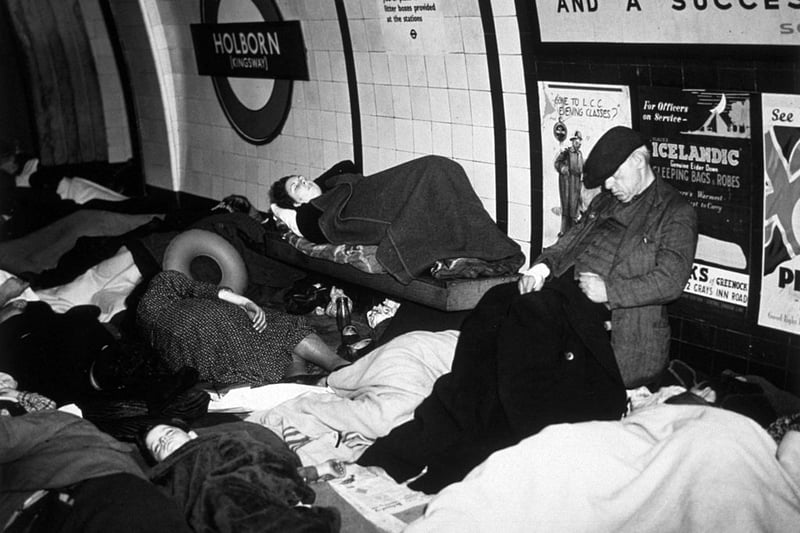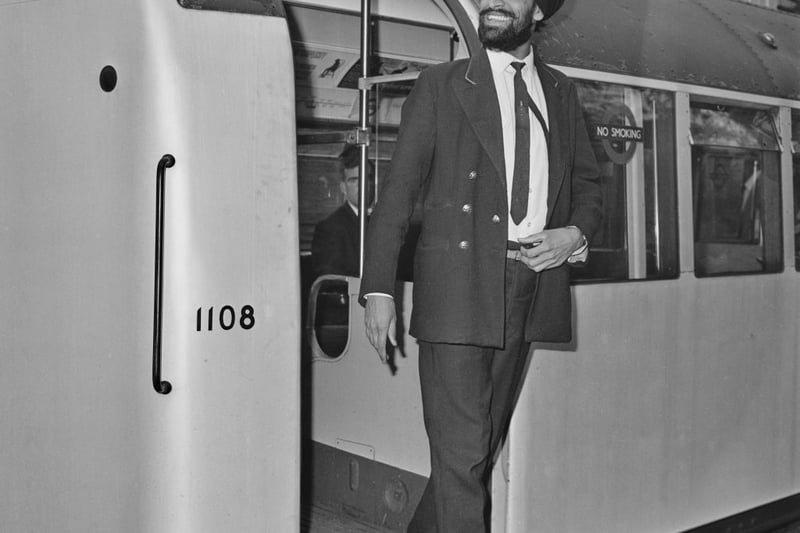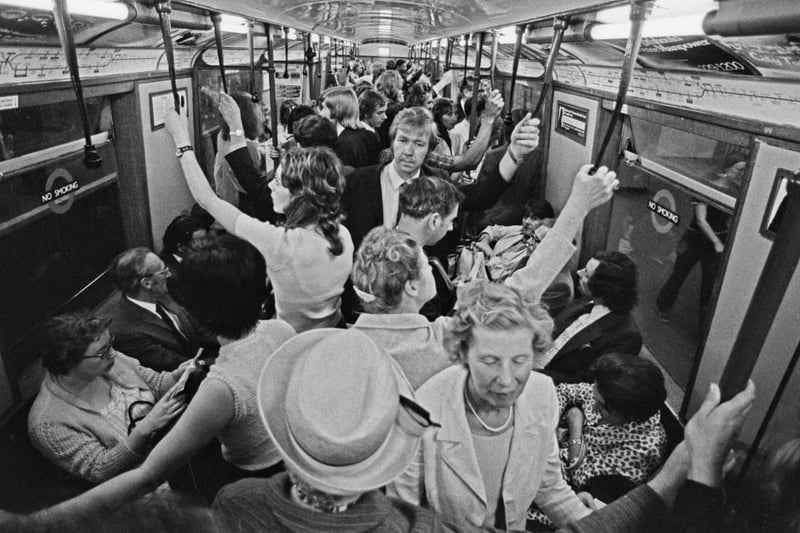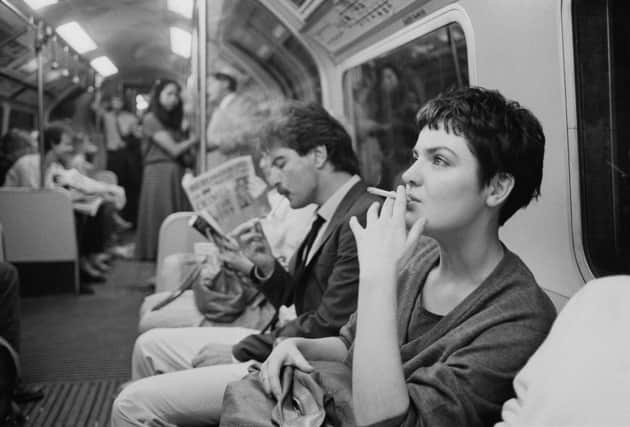The London Underground celebrates its 160 year anniversary today, making it the oldest underground network in the world.
On January 10 1863, the Metropolitan Railway opened its new subterranean railway between Paddington and Farringdon, ushering in a new age of transport - the London Underground.
The trains were originally drawn by steam locomotives, necessitating large ventilation shafts at the stations and in the shallow “cut-and-cover” tunnels.
The small wooden carriages were divided into first- and second-class like long-distance trains, and were lit inside with gas-burning lamps.
The service was immediately popular with Victorian, despite the noise and smoke from the engines.
But the primitive and abrupt braking of the trains often caused injuries, and an official report in 1897 included the detail that a pharmacist was treating those suffering from the distress of their journeys with his special “Metropolitan Mixture”.
The line and its rivals, such as the District Railway, were electrified by 1905.
The first deep line, tunneled through the London clay, was the City and South London Railway, now the Bank and Morden branches of the Northern Line, opened in 1890 with all-electrified trains.
That was soon followed by the Waterloo and City line and the Central London Railway from Shepherd’s Bush in the west to the Bank of England in the east.
The Central line was dubbed the “Twopenny Tube” for its fare and circular tunnels, with the whole network eventually becoming known as “The Tube”.
Underground stations were used as makeshift bomb shelters during the Blitz in 1940 and 1941.
Expansion continued after the war, with the Jubilee line named in honor of Queen Elizabeth II’s silver jubilee in 1977 finally opened in 1979.
The Queen also lent her name to the newest addition to the network: the Elizabeth line, formerly known as Crossrail, runs from Reading and Heathrow airport to the west of London to Abbey Wood in Kent and Shenfield in Essex.
Today the Tube handles up to five million passenger journeys a day. At peak times, there are more than 543 trains whizzing around the capital.
The network has expanded to 12 lines and serves 272 stations, making it one of the busiest metro systems in the world.
The trains were originally drawn by steam locomotives, necessitating large ventilation shafts at the stations and in the shallow “cut-and-cover” tunnels.

5. 1940: People asleep on the platform of Holborn underground station during an air raid. (Photo by Hulton Archive/Getty Images)
Between September 1940 and May 1945 most Tube station platforms are used as air raid shelters. Some, like the Piccadilly line Holborn-Aldwych branch, are closed to store British Museum treasures

6. The first Sikh railway guard to wear a turban as part of his uniform. 1964
London Transport railway guard Amar Singh after being granted permission by his employers to wear a turban instead of the uniform peaked cap at work, London, UK, 4th September 1964.

7. The Tube reached Heathrow Airport in 1977.
Commuters packed into a London underground train at rush hour, UK, 10th July 1973. (Photo by Evening Standard/Hulton Archive/Getty Images)

8. An empty platform is shown July 17, 2002 at Waterloo Underground Station in London.
England. London Underground warned its three million passengers today that a strike is expected to close the entire system from 8pm and throughout July 18, 2002


